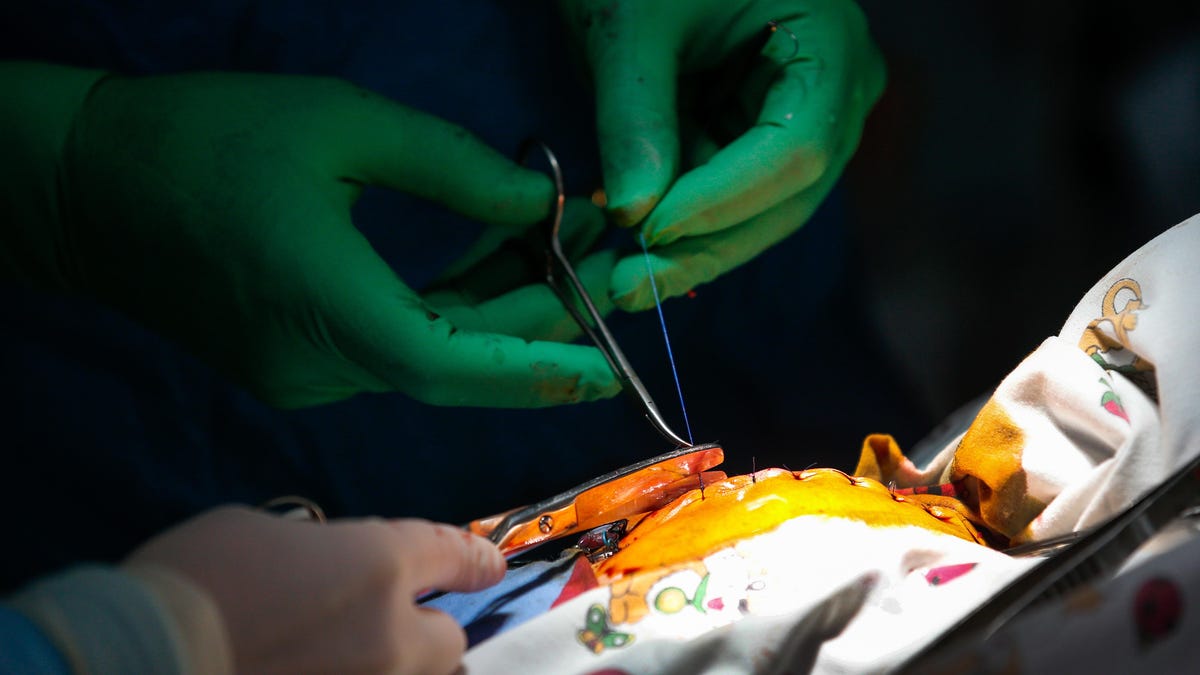Flash fire lit up patient's chest cavity during heart surgery
A spark and a damaged lung created a scary situation.

A fire-free pediatric heart surgery in November 2018 at Krasnodar Territory Clinical Hospital in Russia.
When it comes to eye-catching press release headlines, this one is a doozy: "Chest cavity fire during emergency cardiac surgery." Visions of flames passed before my eyes. I had to know more.
The odd medical case occurred in August 2018 at Austin Health in Melbourne, Australia. A 60-year-old man went into emergency heart surgery so doctors could repair "an ascending aortic dissection--a tear in the inner layer of the aorta wall in the chest."
The patient's right lung suffered a puncture where it was overinflated due to the effects of chronic obstructive pulmonary disease, a progressive lung disease. This caused an air leak. The team increased the flow of anesthetic gases and the proportion of oxygen to the man "to prevent respiratory distress."
That's when a flash fire broke out. A spark from an electrocautery device (a gadget that heats tissue to stop bleeding) lit up a dry surgical pack sitting in the patient's chest cavity.
"The fire was immediately extinguished without any injury to the patient. The rest of the operation proceeded uneventfully and the repair was a success," the medical team reported.
Anesthetist Ruth Shaylor was present during the surgery and shared the details of the case during the Euroanaesthesia Congress meeting in Austria this week. "It's not as dramatic as it sounds." she told CNET. "The piece of gauze caught fire and was immediately extinguished." She said dousing the fiery pack in saline was common sense.
Shaylor was only able to find a few other rare cases of chest cavity fires in the medical record. "This case highlights the continued need for fire training and prevention strategies and quick intervention to prevent injury whenever electrocautery is used in oxygen-enriched environments," Shaylor said.
The fire may not have been apocalyptic, but it shows how surgeons and their teams have to act fast to deal with unexpected conditions.

